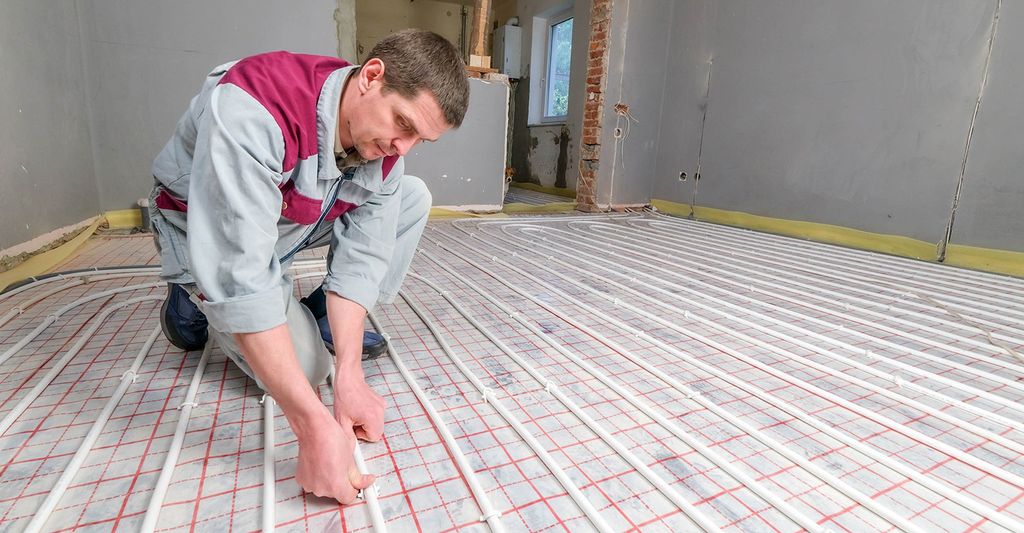
Top 3 Furnace Installation Professionals near Lorain, OH
These are the top 10 pros for your job.
The average lifespan of a furnace is 15-25 years—if yours isn't working as well as it used to, a licensed HVAC pro can help figure out if it makes sense to repair or replace your system.
Why hire professionals on Thumbtack?
Free to use
You never pay to use Thumbtack: Get cost estimates, contact pros, and even book the job—all for no cost.
Compare prices side-by-side
You’ll know how much your project costs even before booking a pro.
Hire with confidence
With access to 1M+ customer reviews and the pros’ work history, you’ll have all the info you need to make a hire.